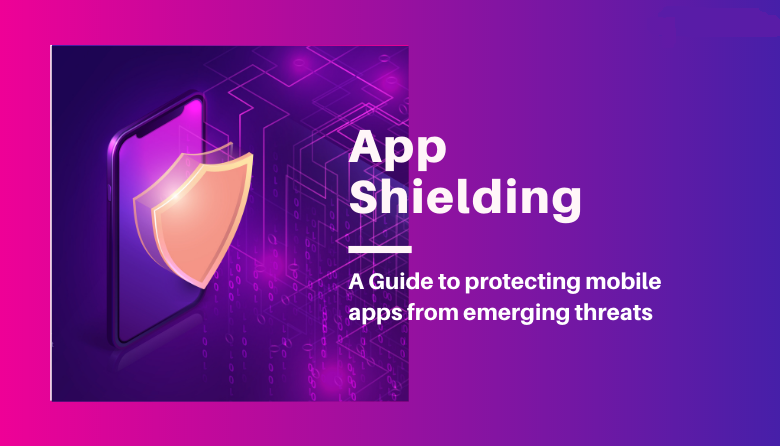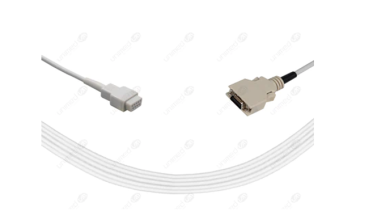The benefits of app shielding

App shielding has a series of benefits due to its prevention, detection and response capabilities. Mobile apps need to devise ways how to stop such attacks while not compromising on user experience. Some of the benefits of app shielding are illustrated below
User experience
There is a possibility that an app may be downloaded into a broken or jail-rooted device. This would mean that the default security layers of the operating system have been compromised. Even the environment where an app emerges may turn out to be a threat. App shielding is known to insulate the app against malware lurking in the device and provides uninterrupted services to the clients.
Compliant with regulations
App shielding is compliant with various regulations. They turn out to be security standards which govern the safety of online payments and data exchange. Customized apps shielding from reputed solutions would be able to serve the compliance requirements of various businesses in numerous countries.
Supports DevSecOps
This means integrating security right from the primitive stages and not considering it as a separate perimeter which is operational around apps. App Shield is known to seamlessly integrate into the application development pipeline that sets the tone for the app to the market. At the same time, it leads to rapid and frequent development cycles.
The choice of a relevant app shielding solution for your apps
It is necessary for app shielding solutions to possess certain features to deal with the ever-evolving security threat landscape. All the more so when malicious actors have gone on to launch sophisticated attacks. Below are a few tips to consider when you are choosing an app shielding solution that is working under extreme conditions to deal with evolving security threats.
In the native module level implementation
Though code obfuscation provides the desired level of protection, it does not provide enough evidence of cyber-attacks. Even the most determined of hackers can deal with code obfuscation. To deal with this situation the app shielding solution may be implemented in the native module using C or C++. The app shielding app must integrate into the app as a native library.
Some users are expected to be excluded under certain conditions
In some cases, app shielding may not work which may lead to exclusion in a few cases. A solution provider that goes on to claim that app shielding will protect all situations is not aware on how the module works. A few of the devices are modified due to active jailbreak, active injection scripts and numerous other factors. A shielded app in such a device may cause the app to terminate. Hence you have to choose an app-shielding provider that clearly outlines the cases under which you may come across the end users impacted.
To conclude automated implementation can resort. When you launch an SDK it is part of the app shielding method to secure apps. Before the app completes the app protection is live and it is also known to complete the load process. Their implementation through programming is not a best security practice.




